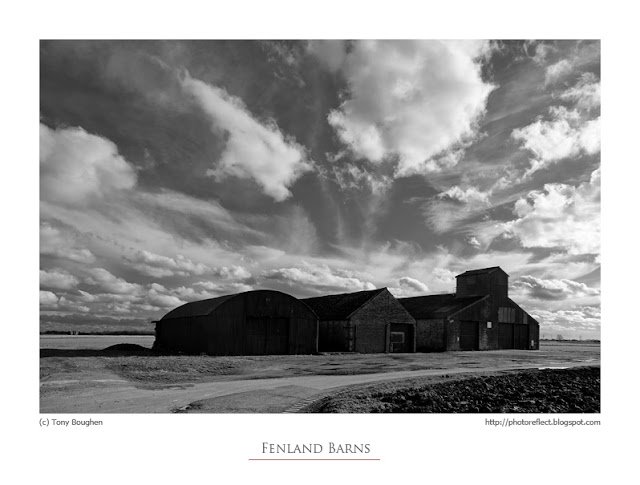click photo to enlarge
Walking in the rain along a London street near St Pancras railway station the other day we came upon a shop selling picture frames and mirrors of all descriptions. It was one of those businesses that can thrive on a large scale only in a city. Passing its sequence of rather grubby and rain flecked windows we saw mirrors of various kinds, including the "sunburst" designs that were fashionable from the 1950s through to the 1970s, and which have re-appeared in recent years. Then we saw this rather odd looking mirror, of a shape that reminded me of a traditional English garden gate minus the diagonal bracing piece. As we studied it I saw the reflections, and the potential for a photograph, so I took out the LX3 and snapped this shot.Earlier in the day we'd been to the Museum of London and seen the "London Street Photography" exhibition. That kind of image isn't part of my usual repertoire, but I do admire good examples of the genre, and thought we'd take advantage of this free show. The fact that we were there on the day after it opened meant that it was quite crowded, and visitors were being allowed in only as others left. However, we arrived reasonably early, so it wasn't the inconvenience that it would have been later. But, I did buy a copy of the accompanying book to study the images at home at my leisure.
As I processed the photograph above I wondered if the exhibition influenced my photography during the rest of the day because I took quite a few shots that include people in the street.
photograph and text (c) T. Boughen
Camera: Lumix LX3
Mode: Aperture Priority
Focal Length: 12.8mm (60mm/35mm equiv.)
F No: f2.8
Shutter Speed: 1/125
ISO: 200
Exposure Compensation: -0.66 EV
Image Stabilisation: On






















